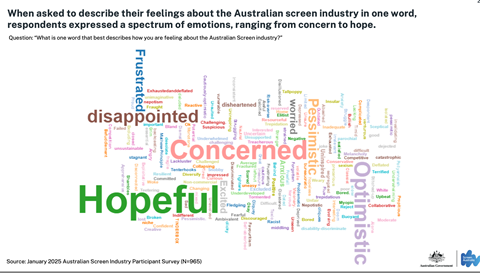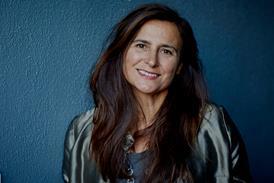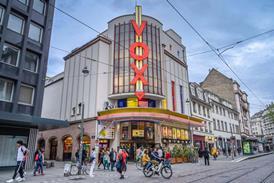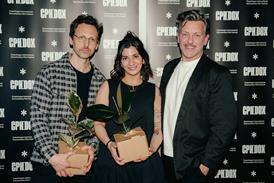More people in the Australian production industry believe demand for features will fall in the next three to five years than those who think demand will increase, according to a survey of nearly 1,000 industry professionals conducted by government agency Screen Australia.

Some 37% of respondents said they believe demand for features from audiences will fall, compared to 33% of respondents who said demand would rise; 57% of respondents said they usually worked on features.
Nearly half of all respondents thought it was going to be harder and harder to reach audiences across all types of screen content.
Producers made up 44% of the total respondents, followed by writers (33%) and directors (26%).
Respondents were asked to give one word to best describe how they felt about the industry. ‘Hopeful’ was the word most frequently used, followed by ‘concerned’, ‘disappointed’, ‘optimistic’, ‘pessimistic’ and ’frustrated’.
The most optimistic people can be found working in state or federal agency roles or at one of the distribution platforms.
Feedback was sought on what the industry ought to focus on and the dominant answers were developing career pathways, global distribution opportunities and economic viability.
Of least importance, by quite a margin, was attracting international production, while it was clear job security and the ability to find funding for projects were of most concern to respondents.
Only 9% said it was going to be easier to secure finance in the next three to five years for screen content, whereas 67% said the opposite.
A related question found 71% of respondents expected the cost of production to rise by at least 10%, with half of them expecting it to rise more than 20%.
Respondents said they expected to see further improvements to diversity of stories and storytellers, industry collaboration and staying on top of trends.
There was a lot of concern about the increasing use of artificial intelligence, but more than half of those who considered themselves prepared for it were where excited about the potential.
Project funding is viewed as the most necessary type of support “from industry bodies like Screen Australia”, for example, and 76% of respondents said the Producer Offset (PO) is the “most helpful form” of financial support. The PO is a non-discretionary tax rebate of 30% of local expenditure for television and 40% for features. In other words, ‘meet the criteria and it’s yours’, whereas agency investment decisions by Screen Australia, for example, are subjective.
The biggest slice of the 420 participating producers said they were somewhat satisfied (34%) with their careers, another 21% said very satisfied and another 17% said satisfied. Yet optimism is not high with 46% saying they were somewhat pessimistic about the screen industry and 17% said very pessimistic.
Screen Australia has not said how it intends to use the information.






![The Brightest SunScreen[Courtesy HKIFF]](https://d1nslcd7m2225b.cloudfront.net/Pictures/274x183/3/5/0/1448350_thebrightestsunscreencourtesyhkiff_312678.jpg)


















No comments yet